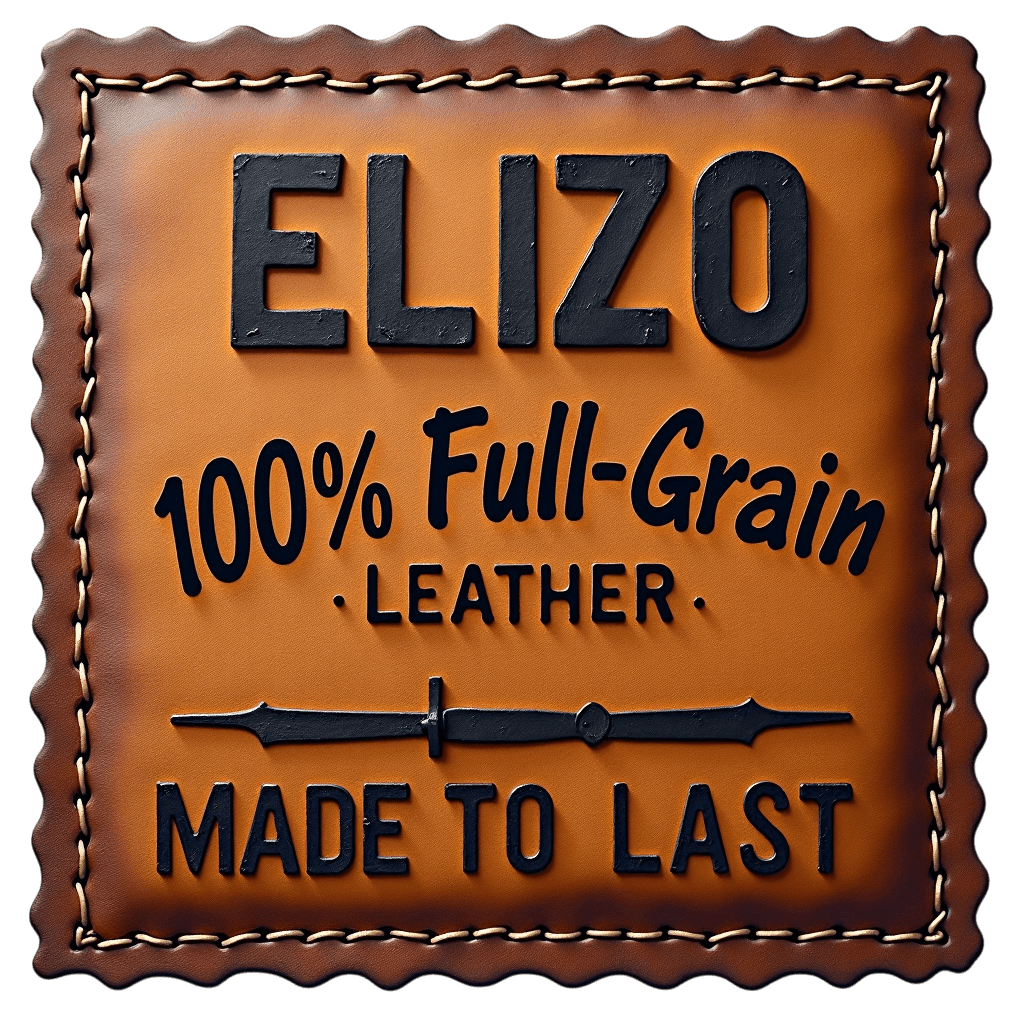PU Leather: Meaning Pros & Cons
A piece of leather furniture adds warmth and elegance to any space. A leather bag or jacket gives you a timeless and natural look. There's no denying that leather is one of the most sought-after materials when making stylish and lasting items for our home, office, and personal use.
Due to the high demand for leather items, manufacturers developed different forms and types and marketed them under various names. And these names can be confusing and, worse, misleading to the consumers.
In this article, we'll look into the type of leather called PU leather, short for polyurethane leather. PU leather is more common than you think and knowing its characteristics and uses helps you make better choices when buying leather products.
Different Leather Types Based On Source
For a clearer understanding of PU leather, you first need to know the different types of leather out there. The most basic way of differentiating leathers is based on which part of the animal hide they are made or 'split' from. Splitting is the process of separating the skin of animals into layers, making them thin and suitable for leather-making.
The following are types of leather that are made from the different layers of animal hides:
Leather From The Grain Layer
The grain layer is the outermost layer of the animal skin and is made up of dense and tightly packed collagen fibers. The type of leather made from the grain layer can be full grain leather or top grain leather. Full grain leather is the whole unaltered grain layer, while top grain leather is the grain layer that was buffed to be more uniform or blemish-free.
Full grain and top grain leathers are considered premium quality because they are made from the animal skin's most durable and water-resistant layer. Leather products made from the grain layer are priced for their durability, smooth texture, and beautiful patina that develops over time.
Leather From Non-Grain Layer
The corium, or the non-grain layer, sits between the animal skin's grain layer and its flesh. The corium is made up of larger and loosely packed collagen fibers and thus is more porous than the grain layer. Leather can still be made from this layer, but synthetic finishing and coating are needed to make it smooth, water-resistant, and durable.
Leather made from the non-grain layer comes in many types and names. But in general, there are two types of non-grain leather: split leather and bonded leather. Split leather is any leather made from the remaining layer of the animal hide after splitting the grain layer from it. Bonded leather is made up of bits and pieces of leather that are shredded, then reconstituted and embossed with a texture similar to leathers made from the grain layer.
Making & Marketing PU Leather
Where is PU leather in the above types, you ask? The answer is PU leather can be split leather or bonded leather. These types of leather use polyurethane or PU, a synthetic plastic material, as coating, bonding, and finishing material. These forms of leather are marketed under different names, which you can read about below.
PU Leather As Genuine Leather
Genuine leather can be a misleading term because not all genuine leather products are 100% pure leather. Most genuine leather products on the market are made from the low-quality corium layer that was coated, bonded, and finished with PU. These are then colored and embossed with a grain pattern to make them look like real leather.
Most leather items with PU coating are not labeled as PU leather because of the fake and artificial notion that comes with the term 'PU leather.' Below are the names used for PU leather that contains genuine leather from the corium or non-grain layer:
- genuine leather
- split leather
- bicast leather
- reconstituted leather
- bonded leather
- corrected grain leather
- coated leather
PU Leather As Faux Leather
Unlike genuine leather, PU leather is made from 100% polyurethane and does not contain any part of the animal hide. It is made by adding layers of polyurethane coating on a base fabric like polyester, cotton, or nylon.
A polyurethane fabric can be made to look, feel, and sound like actual leather. And because PU is a kind of plastic, it is lightweight and has excellent water resistance and flexibility. PU leather of this kind is marketed as vegan leather because it does not contain any animal components.
PU leather having no animal leather is also called by these names:
- faux leather
- synthetic leather
- artificial leather
- fake leather
- vegan leather
PU Leather: The Good & The Bad
Polyurethane or PU is a popular component of memory foam, building insulation, shoe soles, and car cushioning. PU leather is a cheap and valuable alternative to high-quality but expensive full grain or top grain leather. If you are considering getting a PU leather furniture or bag, knowing the pros and cons of the material is essential in making your decision.
PU Leather Pros
-
PU leather is a cheaper option THAN premium leather.
PU leather is made from the by-product of splitting leather that is otherwise discarded and thrown away. Polyurethane is also easy to make and mass-produce. -
PU leather is easy to clean.
PU does not absorb water, so any stain, dirt, or grime that sticks to the surface is easy to wipe off with a damp cloth. Synthetic leather made from PU is also stable against discoloration from sunlight and other cleaning chemicals. -
PU leather comes in many styles and colors.
Real leather can be limited by the color and texture of natural animal leather. PU leather can be made to have different colors and textures. -
PU leather is vegan.
PU leather is the most realistic-looking material substitute for real leather. Vegans can enjoy the classic style and functionality of real leather without the need to take an animal's life. Take note that only products with 100% PU leather are vegan. -
PU leather is sustainable.
Making PU leather requires fewer resources than processing raw animal hides to produce premium quality leather. Artificial leather is made in a short time and with minimal environmental waste. In contrast, the manufacturing process for real leather consumes more energy and expels more chemical wastes that harm the environment.
PU Leather Cons
-
PU leather is not as not durable as leather made from pure genuine grain.
Faux leather products are easy to puncture. Also, products that claim to be 'genuine leather' can be of poorer quality than 100% PU leather or faux leather. This is because there is a good chance that the bond between the PU and animal components is not adequately joined or bonded, resulting in low durability. -
PU leather has a distinct chemical smell.
Because it is made from plastic, PU-based fake leather has a typical plastic smell that not everyone can appreciate or tolerate. On the other hand, real leather has a pleasant earthy and rustic smell that most people like. -
PU leather does not form a patina.
Unlike natural grain layers that are slightly breathable and absorbent, plastic PU does not react to the elements to develop a beautiful patina over time. Faux leather also has an artificial shine that does not compare to the natural luster and depth of real genuine leather. -
PU leather is not resistant to wear and tear.
Since plastic does not react to the changes in the environment, it is more likely to get brittle and crack over time. Also, plastic is not breathable, so it can trap moisture and promote bacteria growth, leading to bad smells. -
PU leather color fades over time.
PU leather has many color options, but the colorants or dyes are not stable and will fade or, worse, get scratched easily. Scratched or faded colors are more obvious in PU leather made from split or bicast leather because this type only has color on the top layer.
Weigh Your Options
When choosing among the numerous types of leather, knowing more about each type helps weigh your options. Whether made from 'genuine leather' or 100% PU, PU leather is an excellent choice for a limited budget, but you may have to compromise in terms of longevity and durability.
If you're looking for high-quality but budget-friendly leather items made from full grain and top grain leathers, please visit our shop here.
We hope that this article helped you in any way. Please don't hesitate to comment with your questions and suggestions below.


